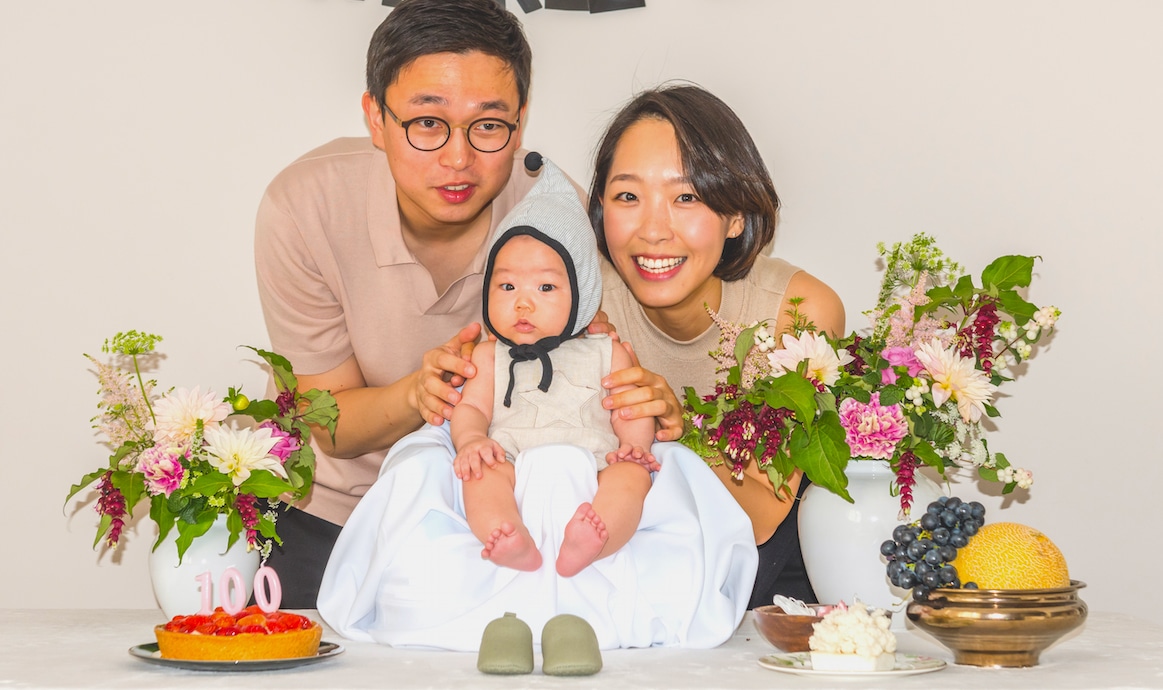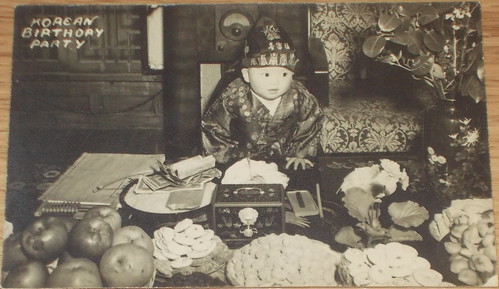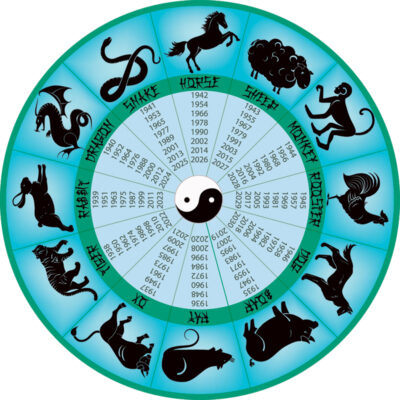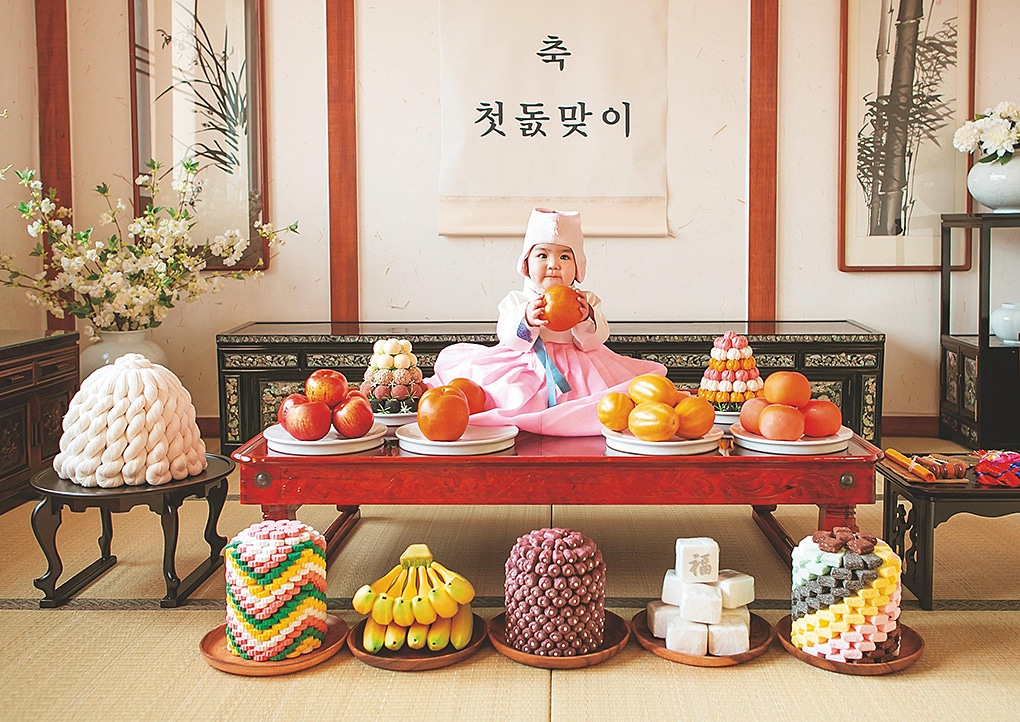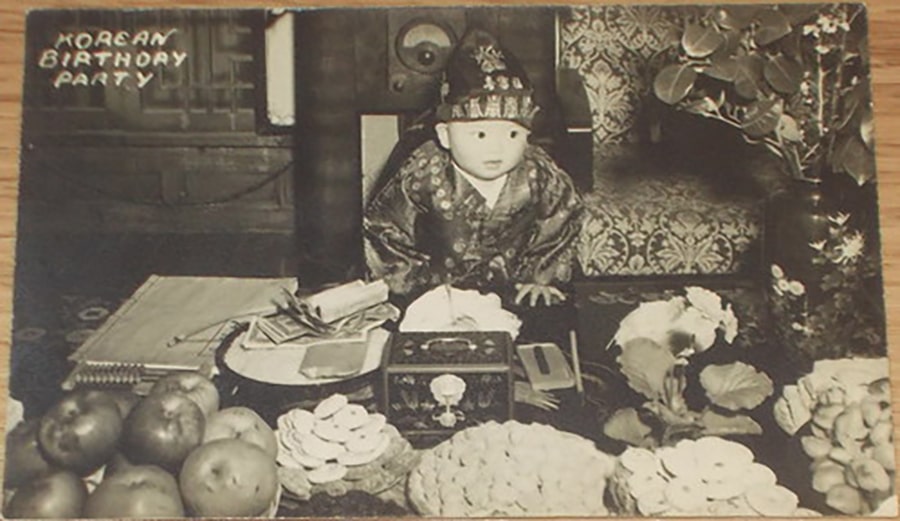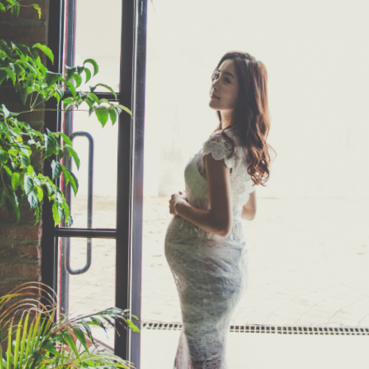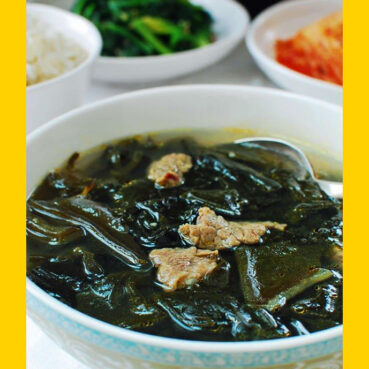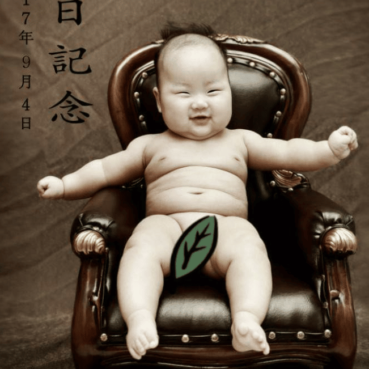Happy Year of the Rabbit! A Guide to the Korean Zodiac
2023 is the year of the Water Rabbit. The Lunar New Year starts on January 22, 2023, and ends on February 9, 2024. The Rabbit is the fourth animal in the Korean zodiac and is associated with traits such as gentleness, kindness, and diplomacy. When combined with the water element, which is associated with creativity, intuition, and flexibility, the Year of the Water Rabbit is thought to be a time of harmony, creativity, peace and luck.
People born under the sign of the Rabbit are kind, friendly, intelligent, cautious, skillful, gentle, and quick. They dislike conflict and like to find solutions through compromise and negotiation. On the negative side, Rabbit people have the potential to be superficial, secretive, stubborn, melancholy, and indecisive.
Which animals will thrive in the Year of the Rabbit? The animals that will have a great year are those that are compatible with the Rabbit—namely, the Sheep, Dog and Pig. Each of these animals will see a wealth of opportunities for growth in their careers, relationships or creative passions.
Which signs will have more difficulty in the Year of the Rabbit? Dragons, Snakes, Roosters and Rats—you will clash with the Rabbit energy this year but don’t fret. A little additional stress is nothing that can’t be overcome with some patience and perseverance.
Thanks to a new law passed in Korea late last year, all citizens are about to get a bit of luck this year and become a year or two younger. Koreans have traditionally added a year to their age on Lunar New Year’s Day but that will change this year.
Under the traditional system, babies were considered a year old on the day they were born, with a year added every New Year’s Day, which made their Korean age a year or two older than their “international age”. However, as of June 2023, this ancient (and often confusing) system will end, and Korea will follow the global standard where everyone ages on their personal birthday. Strange but true!




